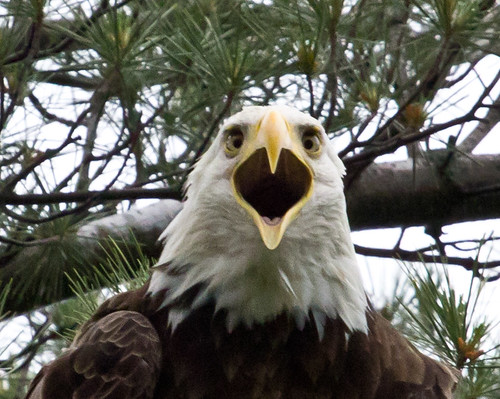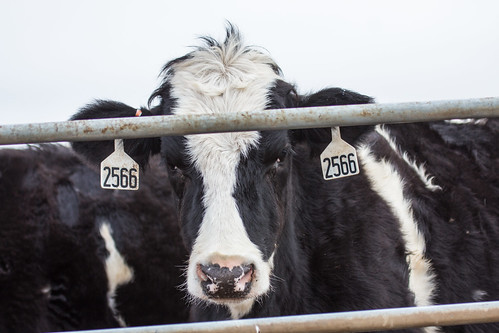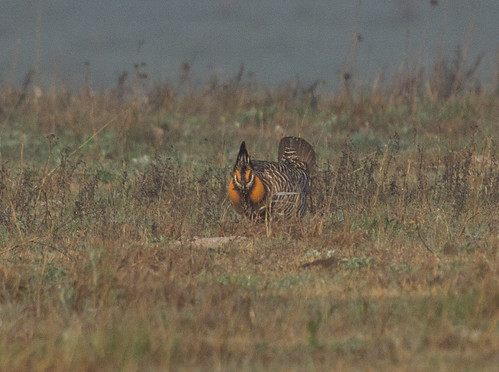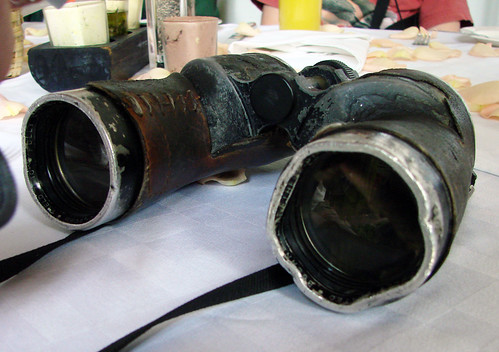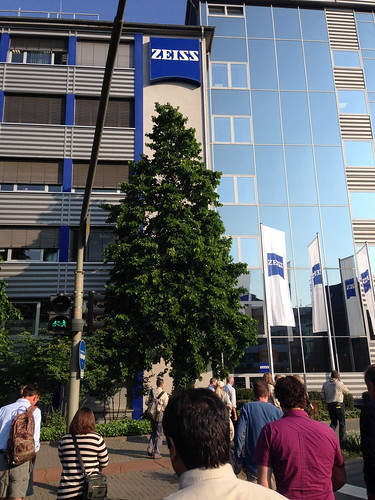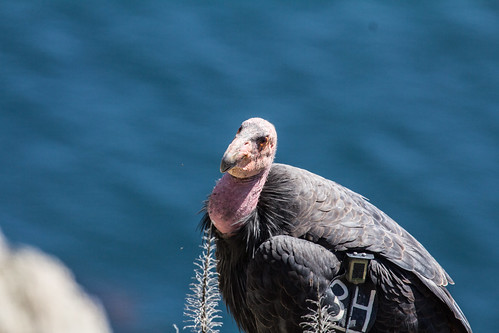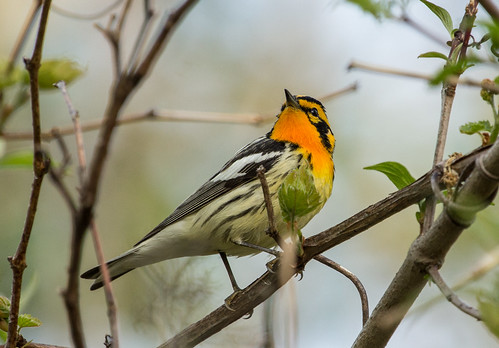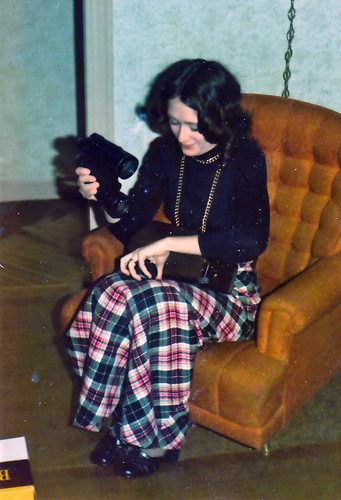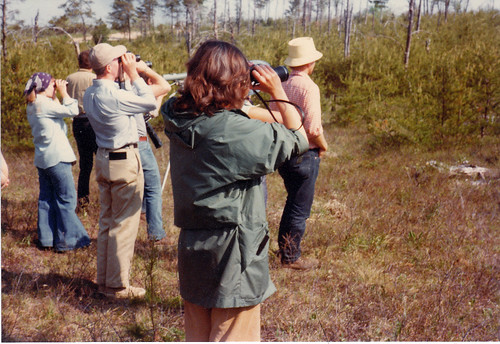This spring, out of the clear blue sky, I was invited to attend the grand unveiling of a new line of binoculars by Zeiss. The original plan was for this to happen in Kenya, but due to security issues, it was moved to Europe at the last minute. On June 3, a group of 28 or so birders from various places around the globe were brought to the Zeiss plant in Wetzlar, Germany, to learn more about the company, to see their new binoculars for the first time, and to tour the factory where they are made.
 |
|
Swarovski’s innovative EL line, a trendsetter in binoculars since they came out, were created by a design team led by Dr. Gerold Dobler. Gerold is an internationally respected birder who knows full well what birders need in binoculars. As an expert in optics, he also understands the limitations and tradeoffs of every design innovation even as he dreams about what ideal binoculars could be. As great as the Swarovski ELs are, and as proud of them as Gerold justifiably is, he quickly thought of ways he could have made them even better, but it was too late.
 |
| Gerold Dobler using the Zeiss Victory SFs in the field |
When he was hired at Zeiss, he got the chance to design his dream binoculars—the ones Zeiss is now touting as “the world’s best birding binoculars.” I tend to be pretty skeptical of such sweeping claims, even by a company I’m fond of, but listening to Gerold talk about what he wanted from binoculars and how he set about to achieve it, I started thinking maybe there was something to the hype.
I’ve long realized that the ergonomics of binoculars—how they feel in the hand and how easy they are to focus—are extremely critical to our viewing experience. Gerold knew that binocular weight was a critical issue, but he also realized that how the weight is distributed on binoculars makes a difference. The three pairs of objective lenses at the front of every pair of binoculars are heavy, pulling them down away from your eyes. It occurred to Gerold that if he could design a pair of binoculars with one fewer pairs of objective lenses, while adding more optical lenses, he could both reduce the overall weight of the glasses and pull the weight closer to the eyes. He also had noticed that because of the way we hold Swarovski ELs (ironically because of his own innovative “double-bridge” design), our index finger separates from the other fingers to reach up to the focus wheel. So he moved the focusing apparatus lower down, making the first “triple-bridge” binoculars a dream to use. He also tinkered with how fast the binoculars focus, making it so quick and easy to move from a nearby songbird to a distant hawk that the model is called the SF, for “Smart Focus.”

In addition to hearing about Gerold’s design innovations, we learned more about the Zeiss company, which is owned entirely by the
Zeiss Foundation. The Foundation mandates that all profits go to ensuring the economic security of the company, social responsibility to the employees, advancement of the interests of precision industries, involvement in community facilities for the good of the working people of Jena, and advancing natural and mathematical science in research and teaching. By their rules, no employee can be compensated more than 10x the compensation of any other employee who has worked for the company for 5 years. I can’t compare Zeiss’s corporate model to any other, because I simply don’t know how Swarovski, Leica, Nikon, or any other optics manufacturer works, but I genuinely liked everything I learned about the Zeiss company at the session.
Then they unveiled the new binoculars and let us hold and look through them. They seemed really good, but we were indoors in the city. The only birds we could see were pigeons and sparrows through the window, and while I was holding the binoculars I couldn't even see any of them, so after getting close looks at a wall clock and some of the other birders, I put them down, deciding to reserve judgment until I could get outdoors to see what they were designed to show me.

Next we were taken on a tour of the factory. I expected this to be a kind of penance—the price we had to pay before we could actually play with the binoculars. I’d spent one summer working on assembly lines in a noisy, unbearably hot factory outside Chicago. But the tour turned out to be an exciting adventure, blowing my preconceived notions about factories out of the water. The manufacturing process for premium binoculars turns out to be painstaking and time-consuming, with different individuals each responsible for one particular item. One woman was in charge of putting the two prisms together. You can’t use adhesives for this—the binoculars would lose clarity and be literally gummed up. She precisely lined them up together with a thin piece of tissue between, and then simply pulled the tissue out. A few people in our group tried to separate the prisms, but they were tightly secured by their own molecular tension. It seemed like magic!

The factory was not designed so much for mass production as for crafting each pair with painstaking precision, each factory worker stationed at a lab table, focused on one element. Zeiss’s premium binoculars all say “Made in Germany,” but after seeing how they’re produced, I think they could more precisely say “Handcrafted with Painstaking and Loving Care in Germany.” Zeiss probably figured that was too long.
Our day at the factory was just the start of our adventure. Next, Zeiss flew us to Vienna, and took us to a lovely restaurant not far from a house Beethoven had once lived in. On the outdoor patio, they issued each of us our own pair of the Victory SFs and I started walking around looking for a bird to view through them. I finally found a European Blackbird—an all black version of our robin—and pulled up the binoculars.
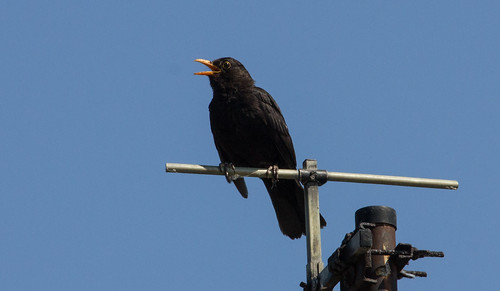 |
| Not the first Blackbird I saw through the Zeisses--I didn't have my camera! |
Whoa! Cue the fireworks!! It was love at first sight. Not of the blackbird—I’d already fallen in love with them in Wetzlar. Pulling those binoculars up to my face was like walking up to a magic window where when you look through, suddenly the glass vanishes and the bird is magically drawn ten times closer to your eyes. The dream binoculars of my imagination are not just a piece of equipment—they’re literal extensions of my eyes, and suddenly, right here in the real world, I was holding a tangible object that lived up to that dream!
It felt like there was nothing in the world between me and that bird, its shiny orangey-yellow bill gleaming, its eye sparkling, and every identical black feather perfect and differentiated. Only three times before in my life have I had that jolt of optical magic: on March 2, 1975, when I lifted my first pair of binoculars (Bushnell 7x50 Insta-Focuses) to the very first bird on my lifelist, a chickadee; in 1976 when I first saw a Blackburnian Warbler through Michigan State University’s Leitz binoculars while I was helping lead an ornithology class field trip; and in 1988 when I saw my first bird (a flicker) through my brand new Zeiss Dialyts. I’ve had stunning looks at great birds through many other binoculars, but none had ever captured the magic of those three long-ago experiences before this.
Am I exaggerating? No. The whole thrilling experience of being in Europe for the first time in my life certainly cast a special glow on everything for me, but those binoculars were uniquely special. What made them so great? They have a significantly wider field of view than any 10-power binoculars—more than 390 feet at 1000 yards—and the view seemed perfect from edge to edge. Not that I make it a habit to focus my eyes on the edge of any binocular's field of view—we all virtually always watch things in the center. But when I look at anything, my peripheral vision takes in a much wider view than what I'm directly looking at. With that sharp edge-to-edge view, these binoculars gave me that same feeling, like a true extension of my eyes. Edge to edge focusing also makes locating a bird in the first place much faster and easier, and allows easier counting of masses of birds.
When I pan across my field of view with binoculars, I have often had a weirdly dizzying, rolling sensation. Not with these. No matter what I did, my view through them seemed just like using my eyes, only better and closer.
My blackbird had been singing in a tree obscured by branches. But the moment I caught a glimpse, I got it in focus with barely a movement of the focusing wheel. The so-called "Smart Focus" lived up to the promise. Switching views from storks on distant chimney nests to nearby songbirds was so quick and easy that the focusing contributed to my sensation that these binoculars were an extension of my eyes.
I have congenital cataracts, with my view through one eye appreciably dimmer and duller than through the other. Ten-power binoculars seem to exaggerate the difference between them more than lower power glasses. I don’t know if it was the extraordinary light transmission—the new Zeiss binoculars transmit a full 92 percent of available light—or if it was just my imagination, but my views through the 10-x Victory SFs seemed to appreciably lessen this problem for me. I checked on and off for the next three days, closing one eye and then the other, and there honestly didn’t seem to be a noticeable difference at all between my eyes! When I got home, I double-checked with all our other binoculars, and the difference between the eyes was still very apparent, even through my 6-power glasses. I have no clue, optically, what made the new Zeisses better in this regard. I’m open to the idea that it was just my imagination, but it sure looked real.
So the clarity, field of view, and brightness in these new binoculars was better than I dreamed it would be. But what I
felt was the heft. My index finger automatically rested on the focus knob without having to separate from my other fingers. This is cool, but not the real game-changer. That lies in the complete reconfiguration of the lenses. Gerold Dobler's brilliant idea to take out one of the large, heavy objective lenses and to add ocular lenses not only improved the optics (and in many ways that are beyond my understanding), but put more of the binoculars’ weight near the eyes. That added weight right there seemed to push the glasses slightly against my eyeglasses, holding them in place. Never before did I get the feeling my binoculars were actually helping me hold them steady! Meanwhile, the shift in weight from the objective end made them feel even lighter while I was using them. The eyecups weren’t up to snuff, falling out of position too much, but that problem was mentioned at the outset and is being addressed before the binoculars are released for sale.
I saw almost a hundred lifers through the Zeiss Victory SFs, including two of the top birds on my “Most Wanted Birds in the Universe” list, the Hoopoe and the Bee-eater. (Number 1, the Cuban Tody, was nowhere to be found.) The birds would have been spectacular through any binoculars, but I don’t think my experience with them would have felt so immediate and intimate. You know those stupid commercials from the 80s about there being "nothing between me and my Calvin Kleins"? It really felt like there was nothing between me and those Hoopoes, and they were way out in a field! The best my camera could do wasn't anything compared to how they looked through the binoculars.
 |
| I really do want to go to Europe again someday to see these guys up close and personal. |
I don't know how the Zeiss Victory SFs will stack up when a bunch of really picky birding technology wonks start testing them, but they seemed to me to be the most wonderful binoculars I’ve ever experienced. No matter how hard I struggled to be objective and to find problems with them, the only negative issue I perceived was with the eyecups, which Zeiss is going to fix.
After spending three days birding with these binoculars, I can completely understand Gerold Dobler’s pride in his creation, and the company’s willingness to invite a bunch of opinionated birders who write blogs, some who have been loyal users of other brands, on a junket to test them. Zeiss’s confidence wasn’t misplaced—even in private conversations, everyone I talked to seemed to agree these really are the finest binoculars we’d ever used, living up to the company’s hype. I've tested binoculars a lot in the past, and never had trouble giving them back when I was done. This time, I felt bereft.
Soon after they’re released, other companies will have taken apart and analyzed the design of the Zeiss Victory SFs and will appropriate many of the same design innovations into their own lines. So birding binoculars will continue to advance. But none of those other companies will be using Zeiss's superb glass, and few if any will match the handcrafted workmanship and quality control Zeiss has justifiably earned a reputation for. I suspect Zeiss’s Victory SFs will be the world’s finest birding binoculars for years to come. Looks like I'm ready to take the leap and enter into a monogamous relationship that really will last a lifetime. I've fallen in love.
